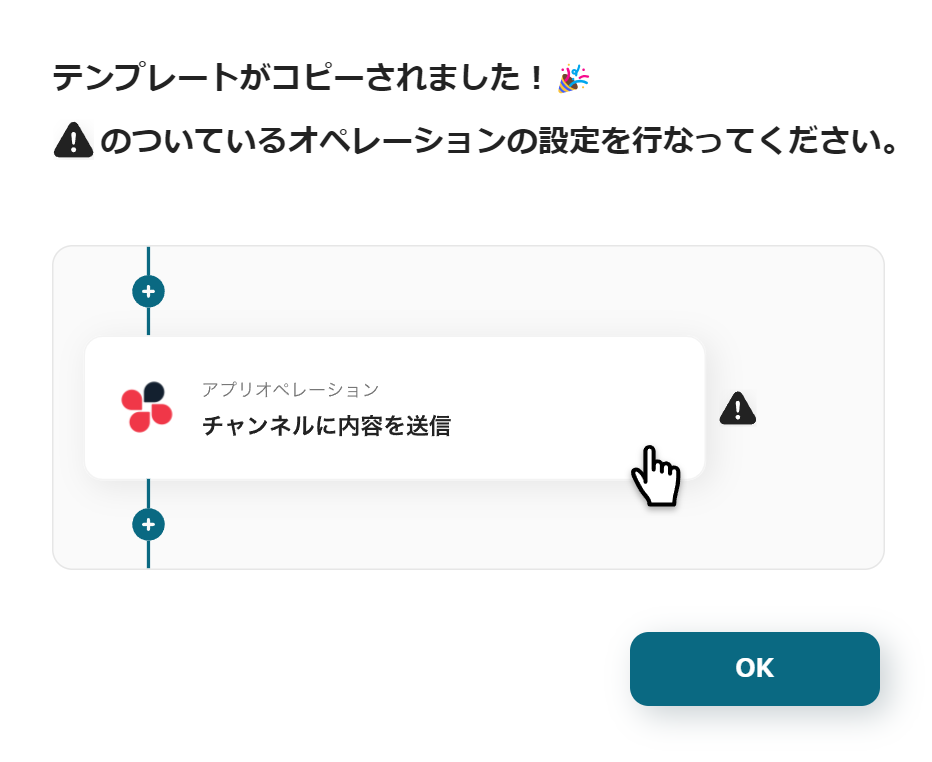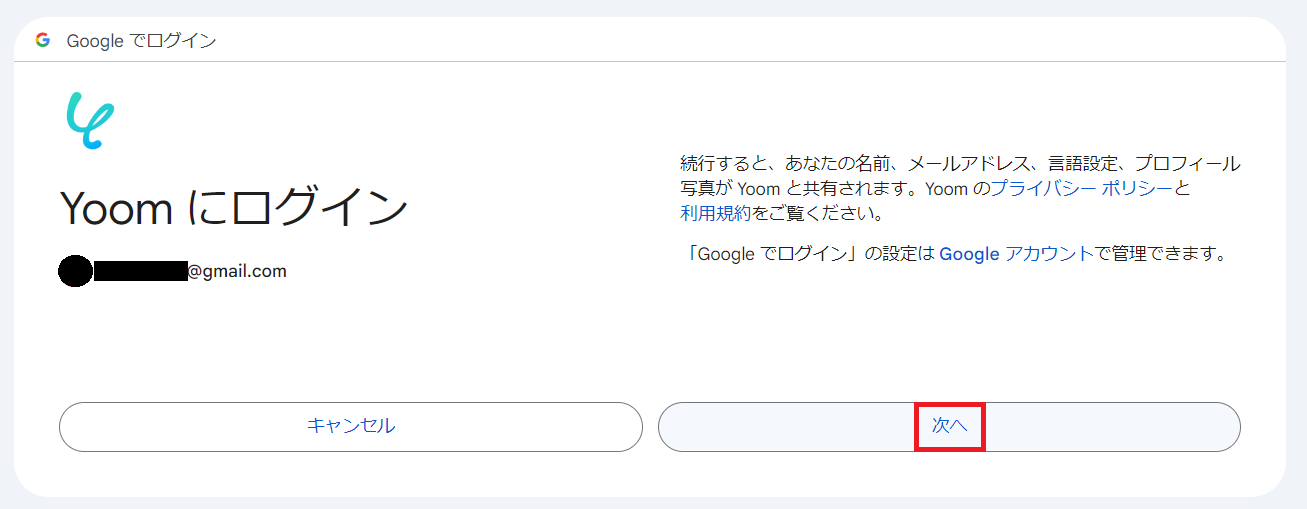1. Click on "View Details" on the top banner
2. Click on "Try this template" at the bottom of the transitioned screen
3. Register for Yoom
*If you have already completed registration, the login screen will be displayed, so please log in.
How to Create a Workflow for Integrating Money Forward Deferred Payment and Google Sheets
Step 1: My App Integration

Once Yoom registration is complete, the Flowbot template will be copied to "My Projects".
If the display appears as shown in the image, please select "My Apps" from the menu on the left side of the screen.

Click the new connection button at the top right and integrate Yoom with each app.
Integration of Money Forward Deferred Payment and Yoom
1. Search
Enter "Money Forward Deferred Payment" in the search box and click the Money Forward Deferred Payment icon.
2. Enter Required Fields

Click the red frame in the image and obtain the API key according to the content.
Paste the obtained API key into the access token.
The account name can be anything you like. It is recommended to use something easy to understand, such as a company name or person in charge.
3. Press Add
After entering the required fields, click Add at the bottom right.

If the above display appears, the integration is complete.
Integration of Google Sheets and Yoom
1. Search
Enter "Google Sheets" in the search box and click the Google Sheets icon.
2. Select Account
Select the Google account of the Gmail address to be integrated with Yoom.
3. Log in to Yoom

If the above display appears, check the terms and click Next.
4. Grant Permissions
"When the message "Yoom is requesting additional access to your Google account" appears, click Continue.
Proceed to the authentication screen and select <span class="mark-yellow">Allow all permissions</span>.

If the screen switches and the above display appears, the integration is complete.
This completes the integration of Money Forward Deferred Payment and Google Sheets with My Apps.
Next, use the template you copied earlier to configure the Flowbot.
If you haven't copied it yet, please copy the Flowbot template from below.



































.avif)
.avif)
.avif)





